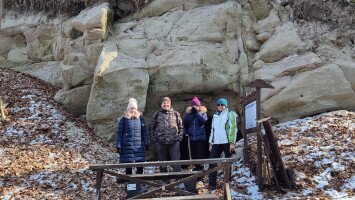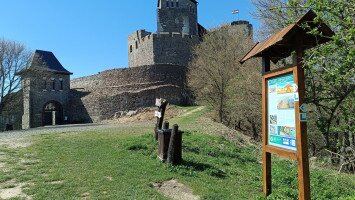
Plüss Űrhajós Küldetések - Játék a Bükki Csillagdában
Űrhajós küldetésre fel! Segíts a plüssöknek pontot gyűjteni!Emlékeztek még a tíz bátor plüss űrhajósra, akik a Ti szavazataitok alapján jutottak tovább a Bükki Csillagda nagy űrkalandjára? Most egy újabb, izgalmas kihívás elé néznek, és ismét a Ti segítségetekre van szükségük!
Read more












